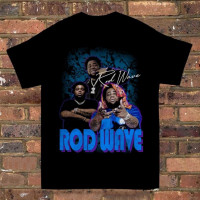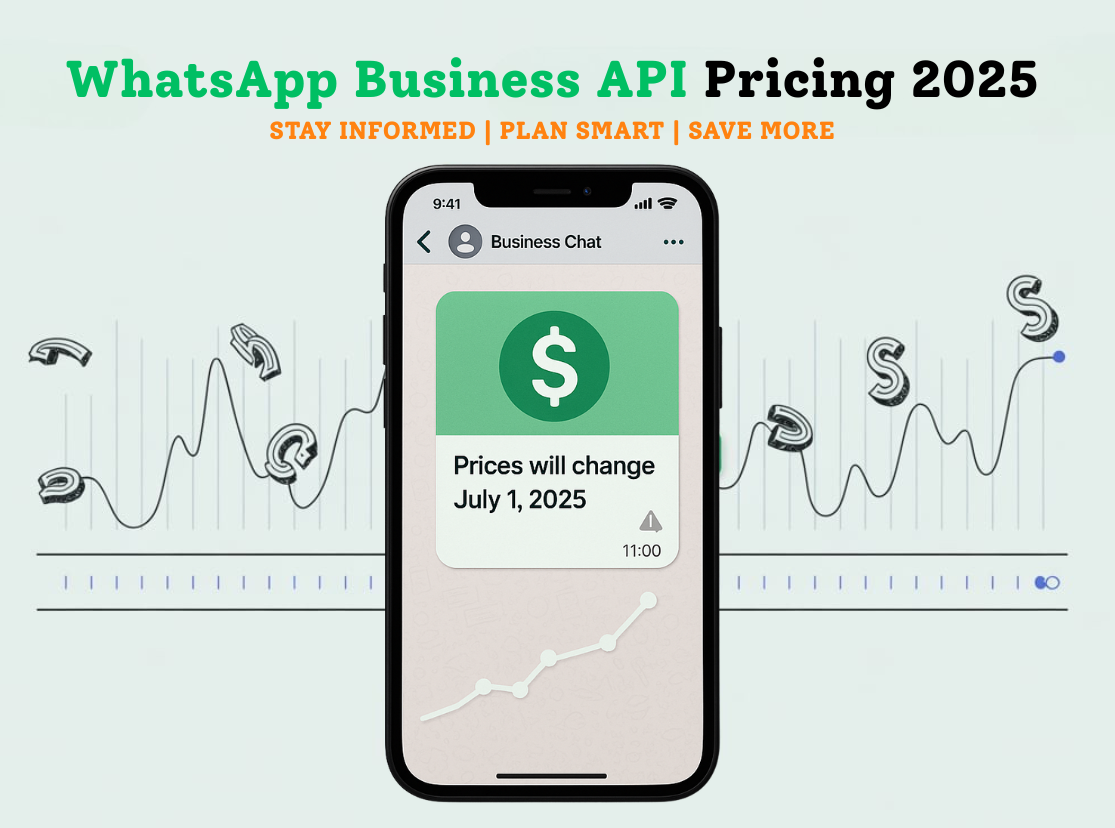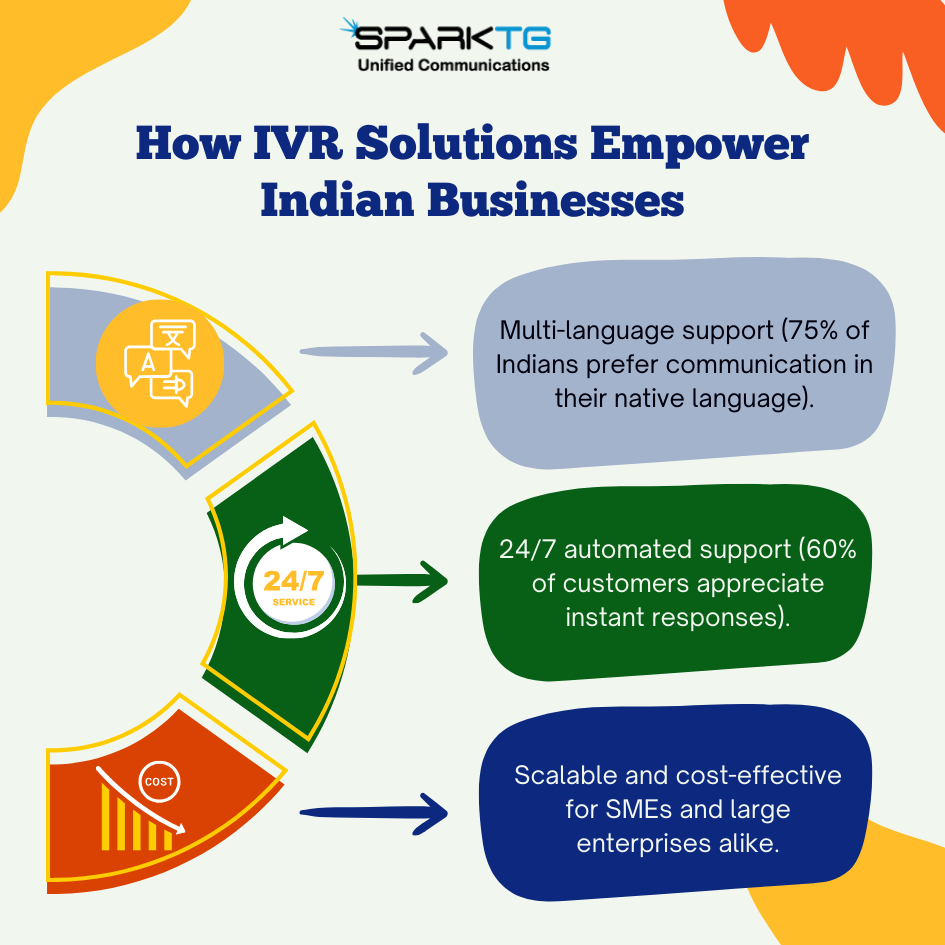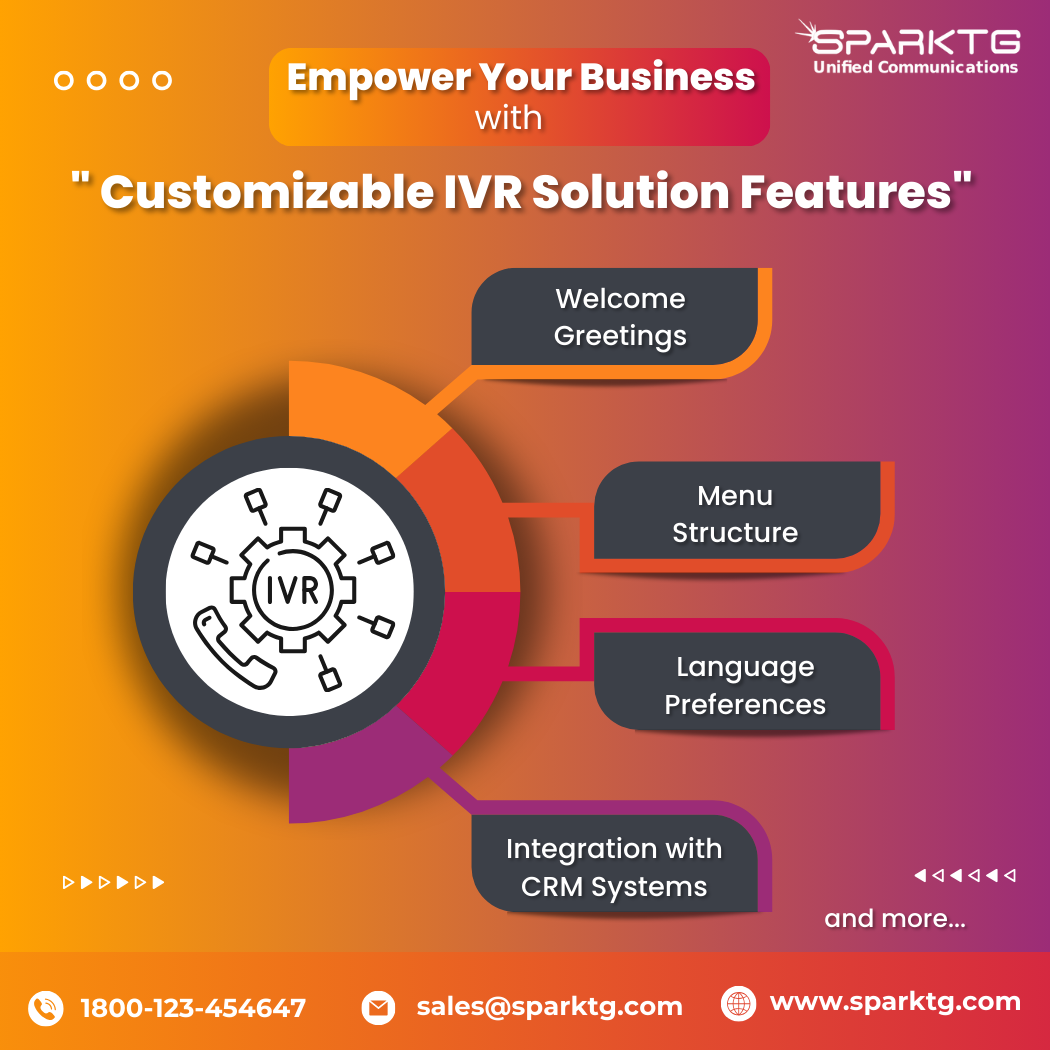AI-Powered Creativity: The Future of Art and Writing
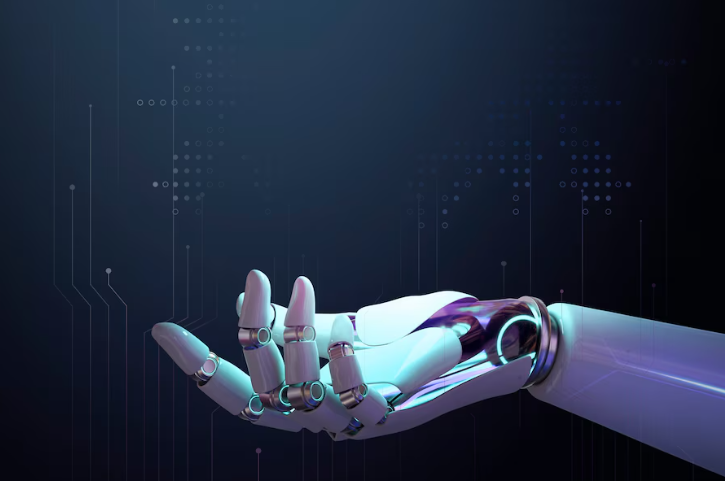
Strong8k brings an ultra-HD IPTV experience to your living room and your pocket.
In the rapidly evolving landscape of technology, artificial intelligence (AI) has emerged as a transformative force in creative fields like art and writing. From generating stunning visuals to crafting compelling narratives, AI is redefining the boundaries of human creativity. This guide delves into the impact of AI on these domains, explores its potential, and discusses the ethical considerations accompanying this revolution.
Understanding AI in Creativity
AI in creative fields primarily involves machine learning algorithms trained on vast datasets of existing works. These algorithms can identify patterns, replicate styles, and even innovate new ones. Tools like DALL-E for image generation and ChatGPT for text composition have democratized access to high-quality creative outputs, enabling professionals and amateurs alike to bring their ideas to life.
Applications in Art
1. Digital Art: AI tools allow artists to create intricate designs and compositions in minutes. Programs like MidJourney and Adobe Firefly enable users to input text prompts and receive polished artwork, bridging the gap between concept and execution.
2. Animation and Film: AI streamlines animation processes by generating realistic motion, backgrounds, and even entire scenes. It’s also used in post-production for color correction and special effects.
3. Photography and Editing: AI-powered tools can enhance images, suggest improvements, and even restore old or damaged photographs.
4. Music Composition: AI applications like AIVA compose original music in various genres, offering composers a new dimension of creative exploration.
Applications in Writing
1. Content Creation: AI tools like ChatGPT and Jasper can generate articles, blog posts, and even novels, saving writers time and effort.
2. Editing and Proofreading: Grammarly and ProWritingAid utilize AI to refine grammar, style, and readability, ensuring polished outputs.
3. Scriptwriting: AI is being used to develop scripts for movies, TV shows, and video games, offering unique plot ideas and character developments.
4. Translation: Tools like DeepL provide accurate and nuanced translations, making written works accessible to a global audience.
Advantages of AI in Creativity
• Efficiency: AI drastically reduces the time required to produce high-quality art and writing.
• Accessibility: Non-experts can now engage in creative endeavors with minimal learning curves.
• Innovation: AI’s ability to generate novel ideas pushes the boundaries of traditional creativity.
• Cost-Effectiveness: Many AI tools are affordable, offering professional-grade results without hefty expenses.
Challenges and Ethical Considerations
1. Originality and Authenticity: AI-generated works often rely on existing datasets, raising questions about originality and the potential for plagiarism.
2. Job Displacement: As AI tools become more capable, there is concern over their impact on jobs in creative industries.
3. Bias and Representation: AI models can inherit biases from their training data, leading to issues of representation and fairness.
4. Copyright and Ownership: Determining the ownership of AI-generated works remains a complex and unresolved legal challenge.
The Human-AI Collaboration
Rather than replacing human creativity, AI augments it. Many artists and writers use AI as a tool to enhance their work, streamline processes, and inspire new directions. The key lies in leveraging AI to complement human ingenuity rather than compete with it.
The Future of AI in Creativity
As AI continues to evolve, its role in art and writing will likely expand. Predictive storytelling, hyper-realistic simulations, and personalized art experiences are just a few possibilities on the horizon. However, the integration of ethical frameworks and thoughtful regulation will be crucial to ensure that this technology serves the collective good.
Conclusion
AI-powered creativity is not just a technological advancement; it’s a paradigm shift. By embracing this fusion of human and machine capabilities, we can unlock new realms of artistic and literary expression, paving the way for a future where creativity knows no bounds.
You can also check our news and update on, Allbusinessinsider.
Read Also: Blockchain Beyond Cryptocurrency: A Full Guide
Note: IndiBlogHub features both user-submitted and editorial content. We do not verify third-party contributions. Read our Disclaimer and Privacy Policyfor details.

